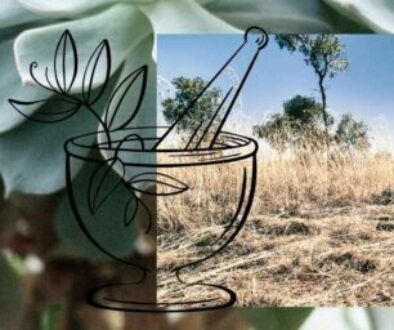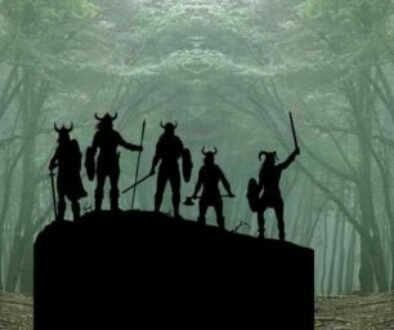Acupuncture, an ancient healing modality rooted in Traditional Chinese Medicine (TCM), has captured the imagination of millions worldwide with its therapeutic efficacy and holistic approach to health. From its origins in ancient China to its widespread popularity in modern times, acupuncture has evolved into a revered and mainstream form of complementary medicine. Let’s embark on a journey through the rich history and enduring appeal of acupuncture practice, uncovering the secrets of its origin and the reasons behind its global acclaim.
Origins: An Ancient Legacy of Healing
The roots of acupuncture can be traced back over 3,000 years to ancient China, where it emerged as a central component of Traditional Chinese Medicine (TCM). The earliest recorded evidence of acupuncture dates back to the Neolithic period, with stone acupuncture needles discovered at archaeological sites in China. Over centuries of observation, experimentation, and refinement, ancient healers developed a sophisticated system of acupuncture based on the concept of Qi (vital energy) and the balance of Yin and Yang within the body.
Types of acupuncture
Type of Acupuncture | Description |
Traditional Acupuncture | This is the classic form of acupuncture based on Traditional Chinese Medicine (TCM) principles. |
It involves the insertion of fine needles into specific acupoints along the meridians to balance Qi and restore health. | |
Traditional acupuncture addresses a wide range of health concerns, from pain management to internal organ imbalances. | |
It may include additional techniques such as moxibustion, cupping, and gua sha for enhanced therapeutic effects. | |
Electroacupuncture | Electroacupuncture involves the application of a mild electric current to the acupuncture needles. |
The electrical stimulation enhances the therapeutic effects of acupuncture, particularly for pain management and muscle relaxation. | |
Electroacupuncture may be used in conjunction with traditional acupuncture or as a standalone treatment. | |
It is commonly used in sports medicine, physical rehabilitation, and chronic pain management. | |
Auricular Acupuncture | Auricular acupuncture focuses on stimulating specific acupoints located on the ears. |
The ear is considered a microsystem reflecting the entire body, making auricular acupuncture effective for treating various health conditions. | |
Auricular acupuncture may involve the use of needles, seeds, magnets, or ear acupressure devices. | |
Scalp Acupuncture | Scalp acupuncture targets specific areas of the scalp corresponding to different regions of the body. |
It is often used for neurological conditions, such as stroke, paralysis, and multiple sclerosis. | |
Scalp acupuncture combines traditional needling techniques with modern anatomical and neurological principles. | |
Japanese Acupuncture | Japanese acupuncture emphasizes gentle needling techniques and shallow needle insertion. |
It focuses on palpation and feedback from the patient’s body to guide the placement of needles. | |
Japanese acupuncture may incorporate abdominal diagnosis, moxibustion, and other adjunctive therapies. | |
It is known for its gentle approach and effectiveness in treating chronic pain, stress-related conditions, and emotional imbalances. |
Principles: The Essence of Acupuncture Philosophy
At the heart of acupuncture philosophy lies the concept of Qi, an invisible life force that flows through meridians or energy pathways in the body. According to TCM theory, disruptions or imbalances in the flow of Qi can manifest as physical, emotional, or spiritual disharmony, leading to illness or disease. Acupuncture aims to restore balance and harmony to the body by stimulating specific acupoints along the meridians, thereby regulating the flow of Qi and promoting healing from within.
Techniques: The Art of Needle Therapy
Acupuncture involves the insertion of thin, sterile needles into acupoints located along the meridians, corresponding to specific organs, systems, or functions of the body. The needles are manipulated manually or with electrical stimulation to elicit therapeutic effects, such as pain relief, relaxation, and improved circulation. Other techniques used in acupuncture practice include moxibustion (burning of dried mugwort on or near acupoints), cupping (application of suction cups to the skin), and acupressure (gentle pressure on acupoints).
Evolution: From Ancient Wisdom to Modern Medicine
Over the centuries, acupuncture has evolved from a traditional healing art to a respected form of complementary and integrative medicine practiced worldwide. In the 20th century, acupuncture gained recognition in the West, thanks in part to the efforts of pioneers like Dr. James Reston, a journalist who received acupuncture treatment in China and wrote about his positive experience in the New York Times. Since then, acupuncture has gained acceptance and popularity among Western medical professionals and patients seeking alternatives to conventional treatments.
Popularity: The Rising Tide of Acupuncture Acceptance
Today, acupuncture enjoys widespread popularity and acceptance across cultures and continents, with millions of people turning to this ancient healing modality for relief from a wide range of health conditions. From chronic pain and musculoskeletal disorders to stress, anxiety, and infertility, acupuncture offers a gentle and non-invasive approach to health and wellness. Its effectiveness, safety, and holistic principles resonate with individuals seeking natural and integrative solutions to their health concerns.
Conclusion: A Timeless Tradition of Healing
The origin and popularity of acupuncture practice stand as a testament to the enduring power of ancient wisdom and the innate healing potential of the human body. As we honor the legacy of our ancestors and the timeless principles of Traditional Chinese Medicine, we embrace the transformative journey of acupuncture, guided by the gentle touch of the needle and the harmonizing flow of Qi. In a world of ever-evolving healthcare paradigms, acupuncture remains a beacon of hope and healing, offering solace to those in search of balance, vitality, and well-being.




